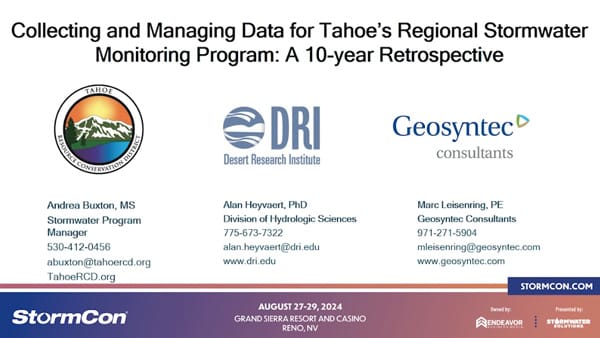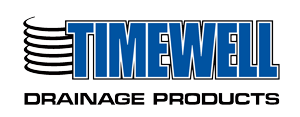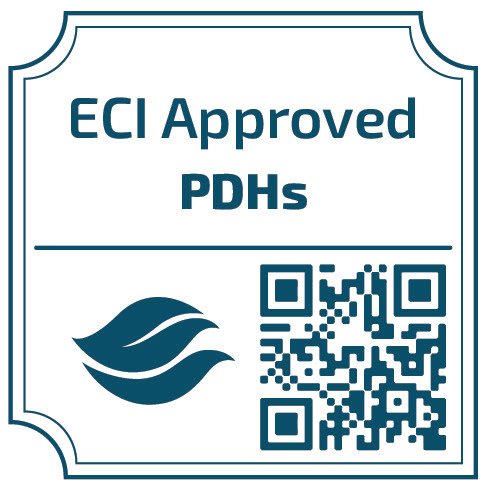
Date: Presented at StormCon 2024 in Reno, Nevada on August 28, 2024
Speakers: Andrea Buxton, Alan Heyvaert & Marc Leisenring
Credits: 0.75 PDH / Approved for all Envirocert International, Inc. (ECI) Certifications: Approval #PDH-0042
The Lake Tahoe TMDL Program is designed to reverse lake clarity loss by reducing fine sediment particle (FSP) and nutrient loading to Lake Tahoe. Stormwater discharges from the urbanized areas of the Tahoe Basin are believed to be the primary contributors of these loads. As such, an important element of the TMDL is to track and report progress towards meeting load reduction targets from urban stormwater. The Regional Stormwater Monitoring Program (RSWMP), managed by the Tahoe Resource Conservation District (Tahoe RCD), provides long-term monitoring and reporting of urban stormwater quality and quantity at several representative locations around the Lake. The large quantity of data produced by this monitoring program, which began in 2013, is stored and summarized by the RSWMP Data Management System (DMS). This presentation will summarize the monitoring approaches, data collection challenges, data management techniques, and status and trends from this 10-year monitoring program. The presentation will conclude with a discussion of the complex relationship between stormwater quality and lake clarity and how future improvements may be impacted by a changing climate.
Session duration: 45 minutes
About the Presenters
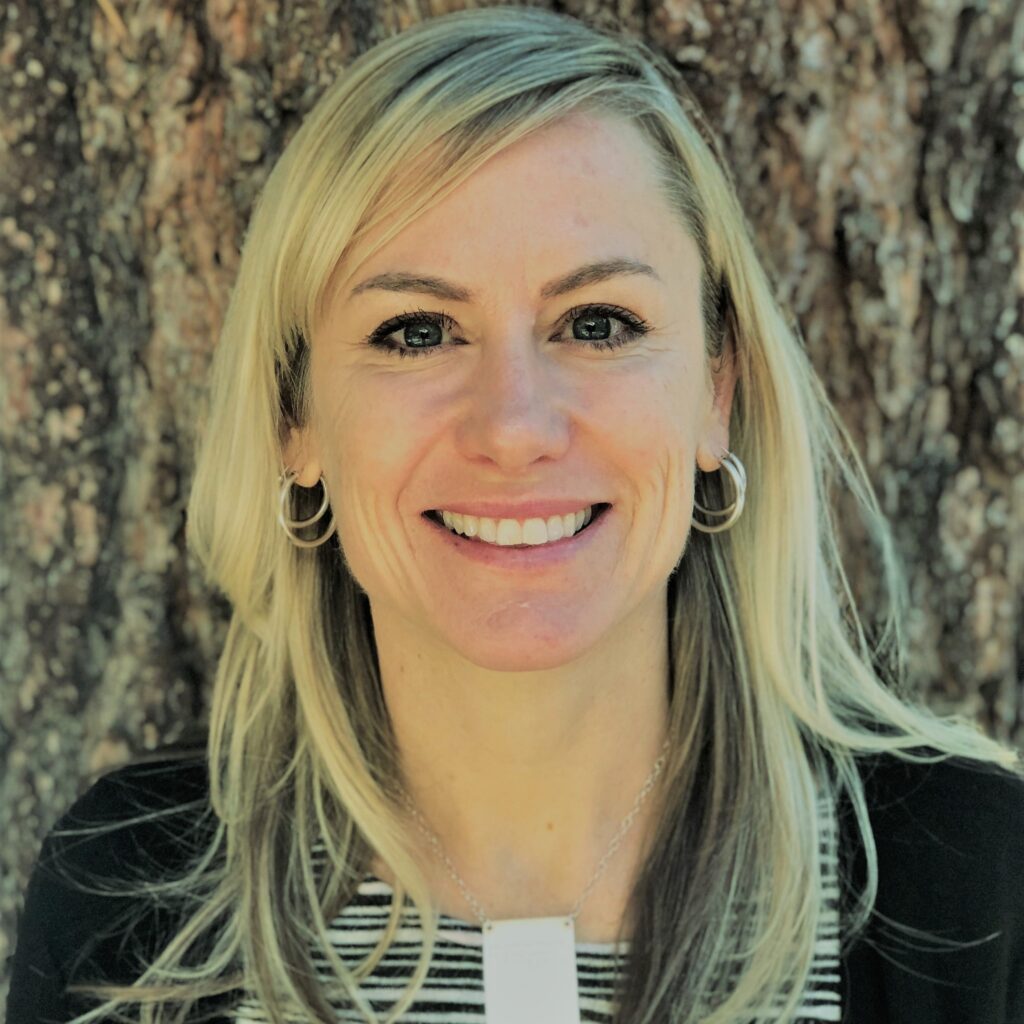
Andrea Buxton is a Environmental Mitigation Manager at the Tahoe Resource Conservation District. She has been monitoring urban stormwater runoff in the Tahoe Basin for 24 years. She was part of the research team that developed stormwater monitoring protocols in the early 2000’s and provided empirical data for the establishment of the Lake Tahoe TMDL. She lead the team that developed and implemented the Regional Stormwater Monitoring Program, and has managed it since 2013. She has a Masters in Environmental Chemistry from Duke University.

Alan Heyvaert, PhD is a limnologist at the Desert Research Institute with professional experience in a variety of aquatic ecosystems. His fields of interest include biogeochemistry, paleolimnology and watershed management. He has worked for many years on water quality issues in the Lake Tahoe Basin, with an applied research focus on the effective design of stormwater monitoring systems and performance evaluation of Best Management Practices (BMPs). During this time, Dr. Heyvaert has also contributed to the continuing efforts of resource management agencies at Lake Tahoe to coordinate their research and monitoring programs. He is an active member of the Lake Tahoe Interagency Monitoring Program and has been a principal investigator for the Tahoe TMDL. As a biogeochemist, Dr. Heyvaert is particularly interested in nutrient budgets and mass balance models for watershed management. He has developed numerous research projects and directed studies on nutrient and pollutant loadings to lakes, rivers and reservoirs in the western U.S. and South America. His technical interests include nutrient chemistry, elemental and stable isotope analyses, radionuclide chemistry, and geochemical biomarkers. In the field of paleolimnology he has investigated historical patterns of change in lakes and watersheds of the Sierra Nevada and the Great Basin. These studies have included Lake Tahoe, Pyramid Lake, Walker Lake and Mono Lake, where his research has focused on ecosystem response to anthropogenic impacts and changes related to the Holocene paleoclimate.
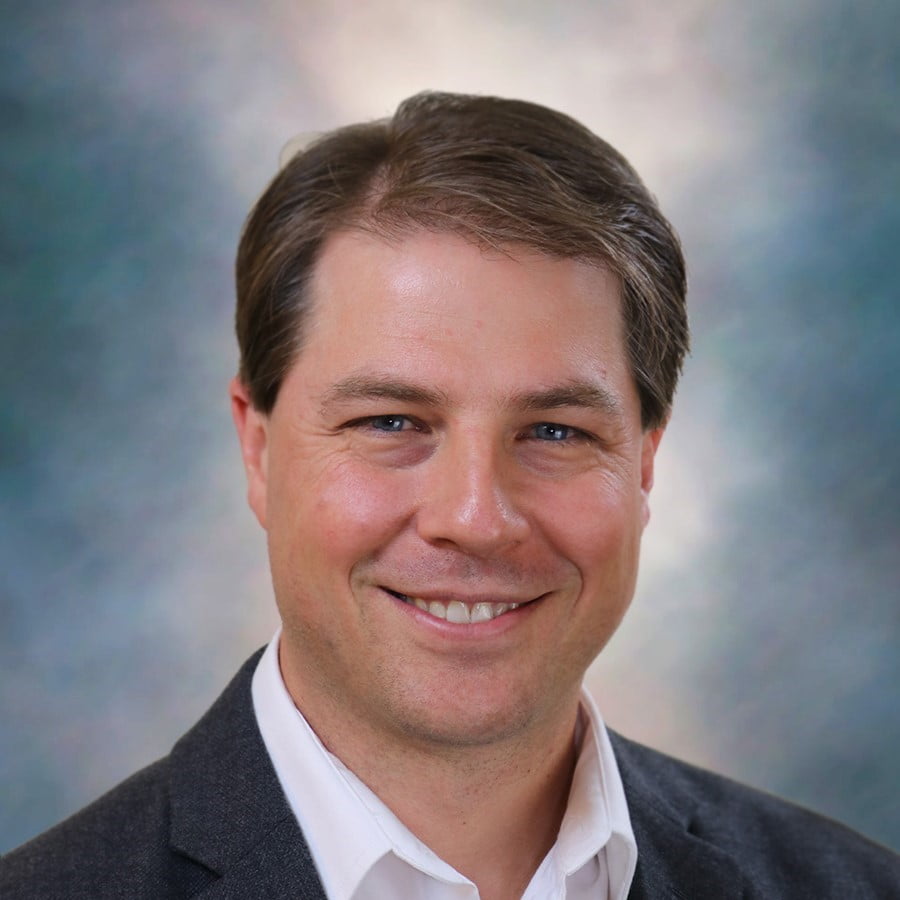
Marc Leisenring is the Senior Principal with Geosyntec Consultants. He is a water resources engineer with over 22 years’ experience in stormwater master planning, watershed modeling, environmental data analysis, regulatory compliance, and stormwater quantity and quality control. He has developed stormwater models and decision support tools to support capital improvement planning and receiving water protection efforts across the United States. He specializes in the evaluation, selection, and design of green infrastructure and stormwater BMPs for new development and urban retrofit projects.



